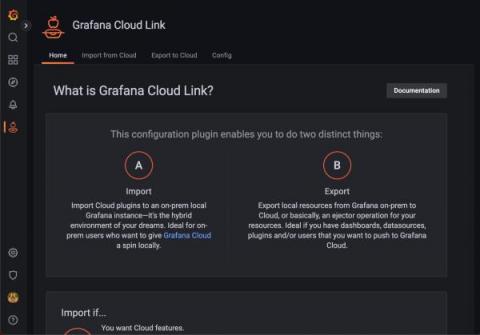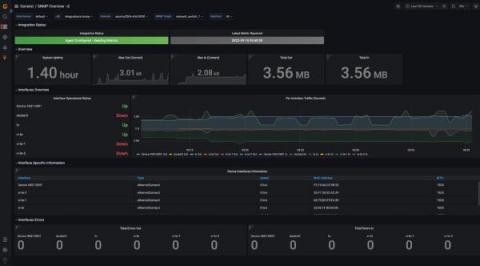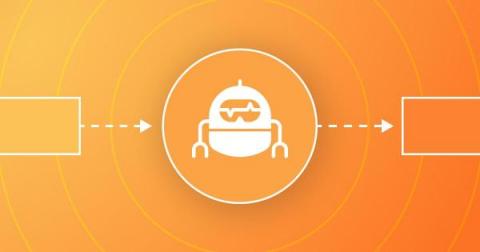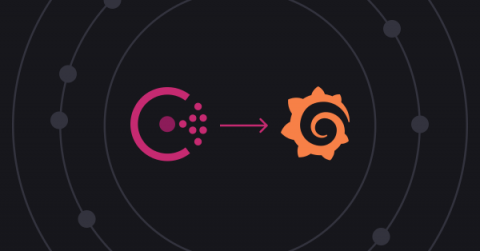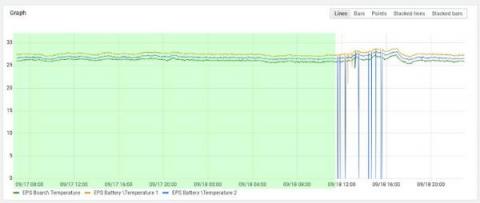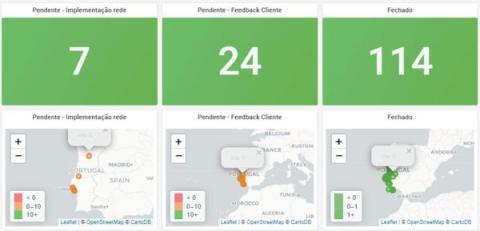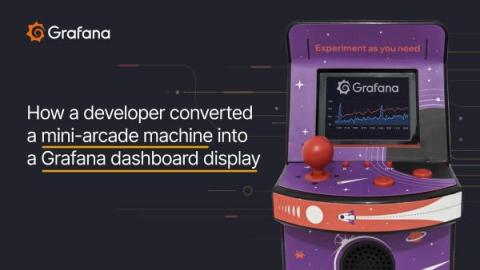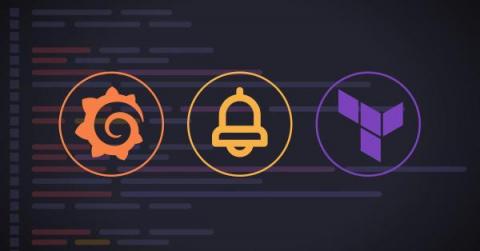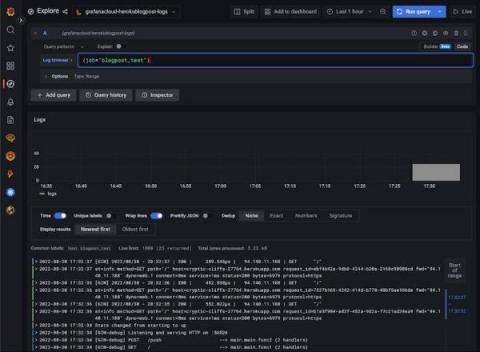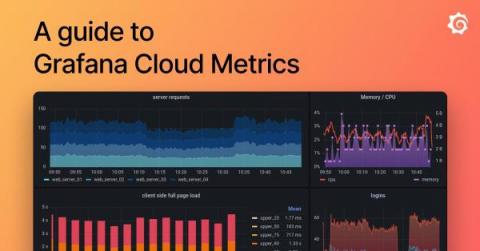Announcing Grafana Cloud Link, a gateway from any local Grafana instance to Grafana Cloud
If you’ve had a local Grafana instance for any length of time, it’s likely dialed in just how you like it, and that’s a good thing. If you are working within Grafana Cloud, by contrast, you are using a heavily opinionated experience that our teams are building, managing, and provisioning. As a result, we serve up solutions that users can work with out of the box and can use to build their stack.


